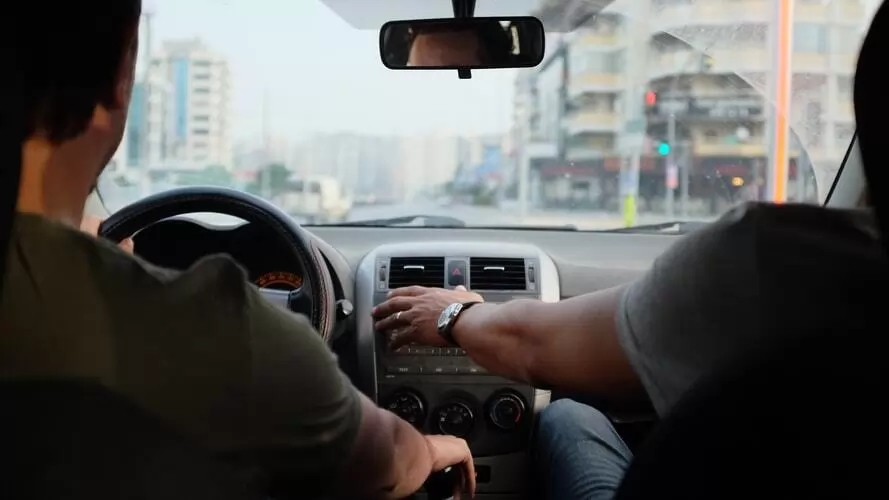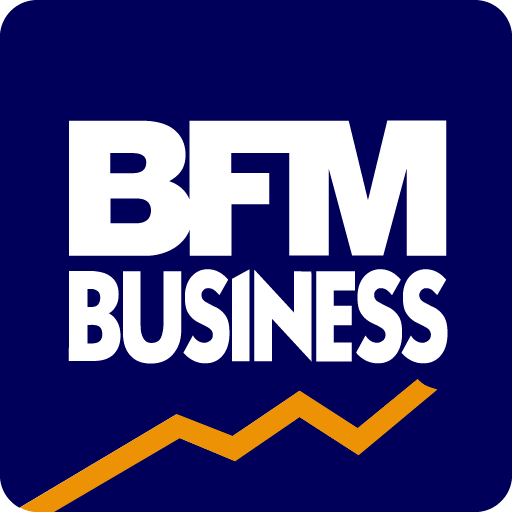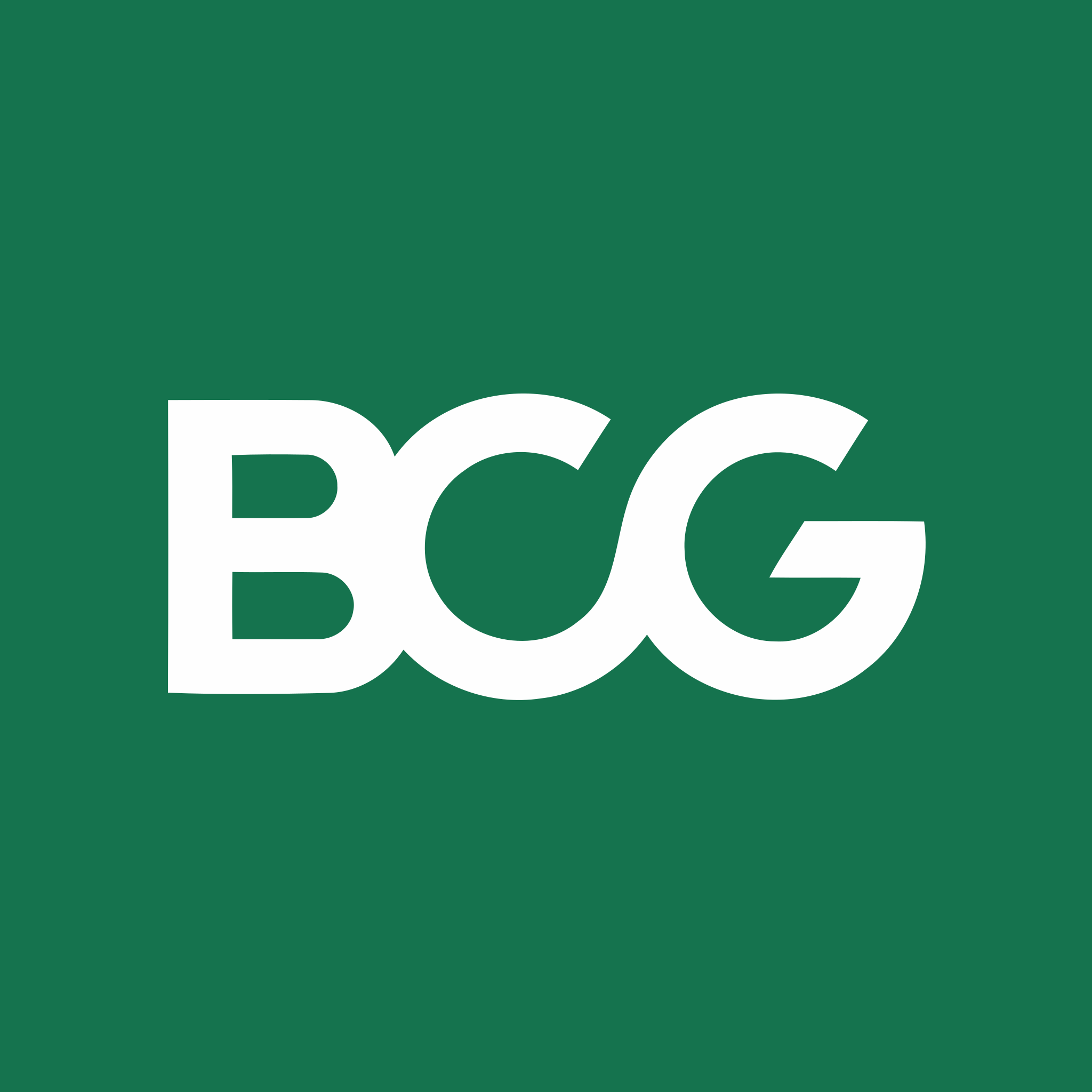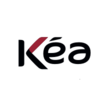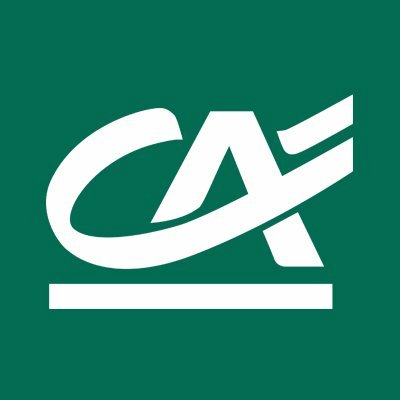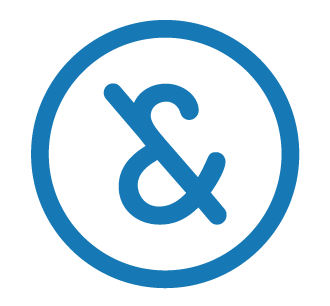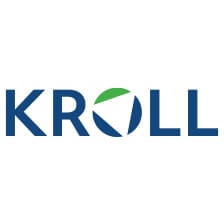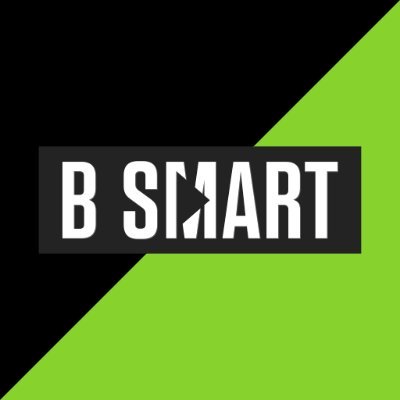Summary of our market study
The distribution of driving schools in Belgium shows a concentration in Flanders, with around 87 schools, compared with 57 in Wallonia and 32 in Brussels.
The country is experiencing average annual growth of 1.3% in the number of passenger cars on the road.
Traditional driving schools face competition from digital platforms and mobile applications.
The main factors influencing the driving school sector are household purchasing power and demographic changes, particularly in the 15-29 age bracket, which accounts for some 15-20% of the population. These young people, who number over two million, are seen as potential customers for driving schools.
Regulatory changes, such as the compulsory risk perception test introduced in mid-2018, are also contributing to growth in the driving school market.
Trends show a decline in license acquisition among individuals before the age of 20, and an increase among those who obtain their license between the ages of 20 and 30.
Driving school prices in Belgium appear to be on a par with neighboring countries such as France, where 20 hours of lessons cost an average of around 1,000 euros, or almost 50 euros per hour.
Main players
- Traditional driving schools
- Online platforms and applications: a fast-growing segment
- Due to the similarities between the Belgian and French driving license models, some major French players are showing a keen interest in expanding into the Belgian market.
- The federation of driving schools, known as Feder Drive, is one such player
- Regionalized operators: Following the sixth reform, which regionalized the driving school sector, various operators have emerged with distinct offerings tailored to the Flemish, Walloon and Brussels-Capital regions
to understand this market
Detailed content of our market study
 Inforamtion
Inforamtion
- Number of pages : 35 pages
- Format : Digital and PDF versions
- Last update :
 Summary and extracts
Summary and extracts
1 Market summary
1.1 Definition
Driving schools support their customers in the theoretical and practical training necessary to drive a motor vehicle. The theory exam consists of approximately 50 questions on the traffic regulations and the practical test is validated by an examiner after a minimum of 20 hours of driving course. The candidate must also undergo first aid training beforehand.
There are many types of driving licences, including
- the B licence authorising the driving of cars ;
- the A permit - motorcycles;
- the C permit - trucks;
- permit D - bus, coach.
The Belgian automotive market seems to be in good health since the number of registrations is up slightly
However, obtaining a driving licence does not follow the same trajectory. We observe a increasing the age at which a driver's licence can be obtained, since fewer and fewer young people get it before their 20th birthday and more and more people drop it between the ages of 20 and 30. Many young people wait until they have finished their studies or obtain a job before they can take their driving licence and, in the process, acquire a vehicle.
This trend is also explained by the higher insurance prices for young drivers, but also by the development of public transport of large urban areas. The need to get a driver's licence seems less urgent and necessary. Finally, we can also mention the sensitivity to environmental issues which again encourages people to use public transport instead of buying a car
1.2 The automotive market, a dynamic lever in Belgium
To best characterize the driver's license market, we study adjacent markets, including the automotive market. The increase in the number of motorists and, by extension, the number of cars in circulation, is logically correlated with the number of driving licences issued per year. The dynamism of the automotive industry represents a significant growth driver
Source: ****
This statistic shows the number of passenger cars in circulation in Belgium from **** to ****. Since ****, the number of passenger cars on the roads has increased by *.*% per year (***) In ****, Belgium had around *.** million passenger cars in circulation compared to the *.** million passenger cars recorded in ****.
With a population of **.** million in ****, the country has more than one car for every two inhabitants (***). The automotive sector, linked to the driving licence market, is therefore dynamic, Belgians are well equipped in terms of cars, which has a positive influence on the demand for driving licences. In fine, the driving school market is based on this increase in the number of passenger cars in circulation
1.3 An online offer that facilitates access to permits
Recently, many online offers have made it easier to obtain a driving licence in Belgium. These offers allow future road users to access theoretical knowledge directly from home in order to prepare for the theoretical examination . Most actors propose a payable access to a platform on which the user will have all the theoretical content in the form of courses and a set of questions or "tests". The Belgian overview of online solutions is fragmented between platforms on a regional or national scale and smartphone applications .
These digital offers are included in direct competition with traditional driving schools where one moves to form oneself. This competition is fierce because the margins of an online model are significantly higher than those of traditional players.
Concerning driving schools that are exclusively digital, they remain a very small minority in Belgium. There are also many criticisms concerning the success rates of these online driving schools, in particular on the success rate in posted exams as well as on their responsibility as to the increase in road fatality rates.
There are strong similarities between the Belgian and French permit models and a convergence of European law on mobility. Some major French players are therefore interested ...
2 Demand analysis
2.1 The main determinants of the activity
Among the main factors influencing the driving school market in Belgium are
Household purchasing power License can have a potentially high cost, especially for those for whom the license is not essential and who may be encouraged to postpone their passage in the event of a decrease in purchasing power. Demographic change : most of the demand for driving schools comes from the population of **-** years old who do not yet have a driving licence. Demographic change is therefore a key factor that can explain the health of the market The regulations In this highly regulated sector, regulatory developments have a significant impact on the market. The requirement to pass a risk perception test since * July **** clearly shows that regulation can bring new income to driving schools by requiring more preparation of candidates. The development of alternative transport Cost and efficiency of public transport are factors impacting the market as they act as an incentive to abandon the private car. In addition, the propensity of individuals to find more environmentally friendly alternatives such as cycling or carpooling could have a negative impact on the market.
To study the purchasing power of the Belgian population, we propose to observe the evolution of ...
2.2 A market ignored by young people? The example in the Brussels-Capital Region
In order to know more precisely the profile of driving school customers, the situation in the Brussels-Capital Region, a particularly densely populated area, is being studied
The number of validated practical exams in the Capital Region for all age groups is increasing between **** and ****. This number increases from **,*** in **** to **,*** in **** a growth of **% over the period.
However, when compared to national data, this evolution is far from uniform. SPF mobility identifies ***.*** permits in ****, a decrease of *.*% compared to **** and **% compared to ****.
Source: ****
In the Brussels-Capital Region, most candidates obtaining their permits have between ** and ** years old . This is true for the entire ****-**** period.
There are two correlated trends:
A decrease in the rate of obtaining a permit before the age of ** years from **% between **** and **** ; An increase in the rate of obtaining between ** and ** years of **% over the same period.
These trends are also observable in several European countries, including Norway, Sweden, Great Britain, Germany and France, as well as throughout the world (***)
In these countries, young people prefer to wait until t finish their studies or get a job or start a family before buying a motor vehicle . The use of company vehicles used at work is not ...
3 Market structure
3.1 The cost of variable training
The prices of theoretical and practical courses are similar to those in France, one can count **** € for ** hours of lessons, or an average of **€ per hour . The student driver must choose a licensing formula based on his or her profile, experience, budget and availability
Several additional costs are expected:
Price of the theoretical exam ** € ; Price of the provisional driving licence ** € plus a possible municipal tax; Price of the complete practical exam ** € ; Driving licence fee: from ** to ** € depending on the municipality.
If the "free" option is chosen, the student driver learns to drive with the person(***) of his choice, called a "guide". He has a **-month driving time before taking the practical test
Without lessons and subject to success, the all-inclusive permit can then revert to less than *** euros for the student. This formula involves being independent in theoretical learning and being supported by driver guides for practical learning
3.2 Uneven distribution on Belgian territory
According to mobilit.belgium.be there was *** driving schools listed in **** throughout Belgium.
In ****, according to lemonitor.be there are *** driving schools in the country:
**% in Flanders; **% in Wallonia; **% in Brussels.
If we assume this constant proportion we can assume that around ** driving schools were operating in Flanders in ****, compared with ** in Wallonia and ** in Brussels.
We can see that this distribution is close to that observed at the demographic level, with a slight concentration effect in the Brussels-Capital Region. As a reminder, the distribution of the Belgian population on * January **** was as follows:
Source: ****
The distribution of the number of driving schools raises questions about the dynamism of the French-speaking or Dutch-speaking regions. This difference in market size must be taken into account when analysing the attractiveness of the Belgian territory.
4 Analysis of the offer
4.1 The services offered
Two options are possible the free course and the course through a driving school . Both of these courses are aimed at obtaining a temporary driving licence, which allows the apprentice driver to progress further before taking the exams.
The free sector
The free sector, also known as the Provisional Driving Licence (***) is held on ** months . Successful completion of a theory test is mandatory before moving on to the driving training period, which lasts for a maximum of ** months. During this period, the student driver, who must be at least ** years old, may choose one or more persons officially called "guides" for his learning. The latter must obligatorily accompany the student for each driving during which, in addition, only one person is allowed to board the vehicle, whether or not he is a guide.
To be a guide, you must hold a Belgian or European driving licence in category B for at least * years without suspension or withdrawal of licences for at least * years . A minimum apprenticeship of * months is also necessary for the student to be able to take the practical test.
During the apprenticeship, it is possible for the student to change guides and/or follow a *-hour basic training ...
4.2 The different possible permits in Belgium
Among the services for which driving schools can provide training are:
AM - Motorcycles AM - * Wheels A* - Motorcycles B - Cars B** - Trailer car (***) C* - Truck C* - Trailer truck (***) D* - Buses, Coaches D* E D D E E - Buses, trailers (***) G - Agricultural tractors
Different formulas are then proposed with three variables : the presence of an escort (***), the number of hours of course and the duration of the training.
4.3 The driving licence, a two-part test
A theoretical examination:
The theoretical examination consists of ** questions relating to both the Highway Code and the Road Traffic Police Act (***). A minimum of ** correct answers is required to pass the exam.
All information on the theoretical examination are detailed on the Belgian road safety website.
A practical test:
The practical test consists of a driving part, during which the examiner checks that the candidate controls the control of his vehicle and proves his ability to apply the traffic regulations. The second part of the examination consists of * controls:
carry out three types of prior checks :
Adjustments to the seat, headrest, seat belt, rear-view mirror, seating position. Precautions: get in the vehicle, know how to stop the vehicle and get out of the vehicle, but also make sure that the doors are closed. Some random checks are also carried out, including those on tyres, lights, horn, brakes, ventilation and direction indicators.
All information on the practical examination are detailed on the Belgian road safety website.
4.4 An example of a tariff extract: Automobile Safety
The following document illustrates the price levels of the various services related to driving licences. Driving school managers must take these prices into account and inform potential customers
Source: ****
5 Rules and regulations
5.1 Summary of the driving licence
The following graphic from the Groupement des Entreprises Agréées pour le Contrôle Automobile et le Permis de Conduire (***) summarizes the different steps and constraints involved in obtaining a driver's licence
Source: ****
5.2 A profession regulated by the regions
A regionalization of regulation
As part of the sixth state reform, the "access to leadership" competence was regionalized and effectively transferred to the regions on * January ****.
In order to operate a driving school, it is particularly important to
To be officially recognized as a driving school; Equity received both an operating licence and an authorization to operate a driving range (***); Introduce senior staff and a qualified teacher to provide theoretical and practical training for the requested categories.
A recent regulatory change
The requirement to pass a risk perception test is the most recent regulatory amendment. It is a question of a multiple choice questionnaire in audio-visual form on computer. This examination includes risk situations that a driver may encounter in real life.
Since July *, ****, it is mandatory to pass this test in order to take the practical test
Restrictions related to these learning modes
With one of these provisional permits, the student driver may not drive only in Belgium . He is also prohibited from driving on weekend nights as well as public holidays and the eve of public holidays.
Nor can he transport goods or tow a trailer The statutory "L" sign must be affixed to the rear of the ...
6 Positioning of the actors
6.1 Segmentation of actors
The following stakeholder segmentation is used
- ClickClickdrive
- Auto-école Drivekar
- Permisdeconduire-online.be
- GOCA (GROUPEMENT DES ENTREPRISES AGREEES POUR LE CONTRÔLE AUTOMOBILE ET LE PERMIS DE CONDUIRE)
- Autocontrole
- Aibv
- SBAT
- Autosécurité
- GROEP AUTOVEILIGHEID
- Permis théorique
- La Sécurité Automobile
All our studies are available online in PDF format
Take a look at an example of our research on another market!
 Choosing this study means :
Choosing this study means :
Access to more than 35 hours of work
Our studies are the result of over 35 hours of research and analysis. Using our studies allows you to devote more time and added value to your projects.
Benefit from 6 years' experience and over 1,500 industry reports already produced
Our expertise enables us to produce comprehensive studies in all sectors, including niche and emerging markets.
Our know-how and methodology enable us to produce reports that offer unique value for money.
Access to several thousand articles and paid-for data
Businesscoot has access to all the paid economic press as well as exclusive databases to carry out its market research (over 30,000 articles and private sources).
To enhance our research, our analysts also use web indicators (semrush, trends, etc.) to identify market trends and company strategies. (Consult our paying sources)
Guaranteed support after your purchase
A team dedicated to after-sales service, to guarantee you a high level of satisfaction. +44 238 097 0676
A digital format designed for our users
Not only do you have access to a PDF, but also to a digital version designed for our customers. This version gives you access to sources, data in Excel format and graphics. The content of the study can therefore be easily retrieved and adapted for your specific needs.
 Our offers :
Our offers :
the driving school market | Belgium
- What are the figures on the size and growth of the market?
- What is driving the growth of the market and its evolution?
- What is the positioning of companies in the value chain?
- Data from several dozen databases
